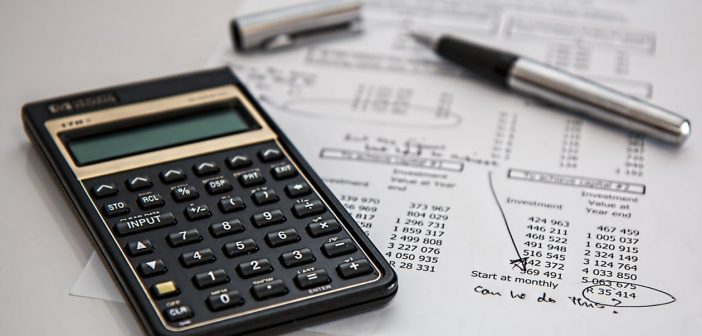Budgeting may not be fun, but it can help you achieve your financial goals and build up your savings rather than wondering where your money went at the end of the month. Unfortunately, a recent Gallup poll found that just one-third of Americans prepare a budget every month. If you do budget, there’s also a good chance you’re forgetting to take all of your spending into account.
Want a budget that actually works for you? Here are many common items that people tend to forget to include in their budget.
Car Maintenance
Don’t wait for emergency car repairs to destroy your planning; take care of your vehicle with scheduled maintenance and set aside enough money every month to cover maintenance costs. If you aren’t sure how much you should put aside for auto repairs and maintenance, a good rule of thumb is $1,200 per year or $100 per month.
Car Registration and License Renewal
You know these expenses come up, but they’re easy to forget while preparing a budget. You can either account for car registration on a monthly basis or make room in your budget when the time comes. Don’t forget the cost of renewing your license, either.

Haircuts
You probably don’t get your hair cut very often, so it can be easy to overlook this necessary and semi-regular expense. Getting haircuts for the family isn’t necessarily expensive, but a budget should account for all of your monthly income.
Home Maintenance
Just like your car, your home requires routine maintenance and repairs. If you stay on top of maintenance around the house, you can even avoid more expensive repairs like premature roof replacement and extensive water damage from a leaking pipe. So, how much should you budget for home maintenance? One rule of thumb is setting aside 1% of your home’s purchase price per year. If your home cost $200,000 that means budgeting $2,000 per year for maintenance. The problem with this is market timing (or whether you bought when the market was high or low) doesn’t impact how much maintenance will cost, nor should you base maintenance expenses on what you paid for a home a decade ago.
Another rule of thumb says homeowners should budget $1 per square foot for maintenance and repairs. The average home is 2,600 square feet, an all-time high. That would mean budgeting $2,600 per year.
Neither rule is perfect but they can give you a good place to start. Don’t forget to consider your home’s age, local weather conditions (such as freezing temperatures or high winds), the overall condition of your home, and whether you have a single-family home or a condo or townhome.
Pet Expenses
Pets are expensive and they usually cost more than you predict when you fall in love with the adorable kitten or rescue dog. Look back over the last year to help estimate how much you spend on your pets. Don’t forget to account for:
Back to School Spending
• Pet food and treats
• Vet visits
• Heartworm, flea, and tick medication
• Grooming
• Boarding (for trips out of town)
• Emergency vet expenses like surgery and X-rays
Back to school
Back to school season can be hard on your wallet. According to the National Retail Federation, the average family with kids in K-12 spends $674 on back-to-school supplies, clothing, accessories, shoes, and electronics. That certainly isn’t a figure you want to catch you off guard when fall rolls around.
Annual Memberships
Do you have any memberships that renew annually? The most common examples of overlooked memberships include Amazon Prime at $99 per year and Costco at $60 per year (the 10% hike takes effect in June 2017). Take inventory of any other memberships you may be forgetting like satellite radio that can take you by surprise.
Holiday Expenses
You probably already budget for holiday presents, but do you consider the extra costs around the holidays? Large, fancy meals for the family can add $100 or more to your monthly food budget while holiday decor and the cost of entertaining can add up. You may even be traveling for the holidays which means gas money, plane tickets, and additional costs for dining out.
Emergencies
While there is no way to anticipate how much an emergency may cost or how long it will last, you can budget for emergencies by setting aside money each money toward your emergency fund. Emergencies happen, but you can plan for them rather than allowing yourself to be surprised.
Retirement
While this one may sound obvious, too many of us forget to set aside money every month toward retirement. Saving should always be a priority for you, no matter what you are saving for. Make it a goal to max out your 401(k) contributions (especially if your employer matches contributions), your Health Savings Account (HSA) and your IRA ($5,500 per year). This Kiplinger guide offers more insight into where to save for retirement.







